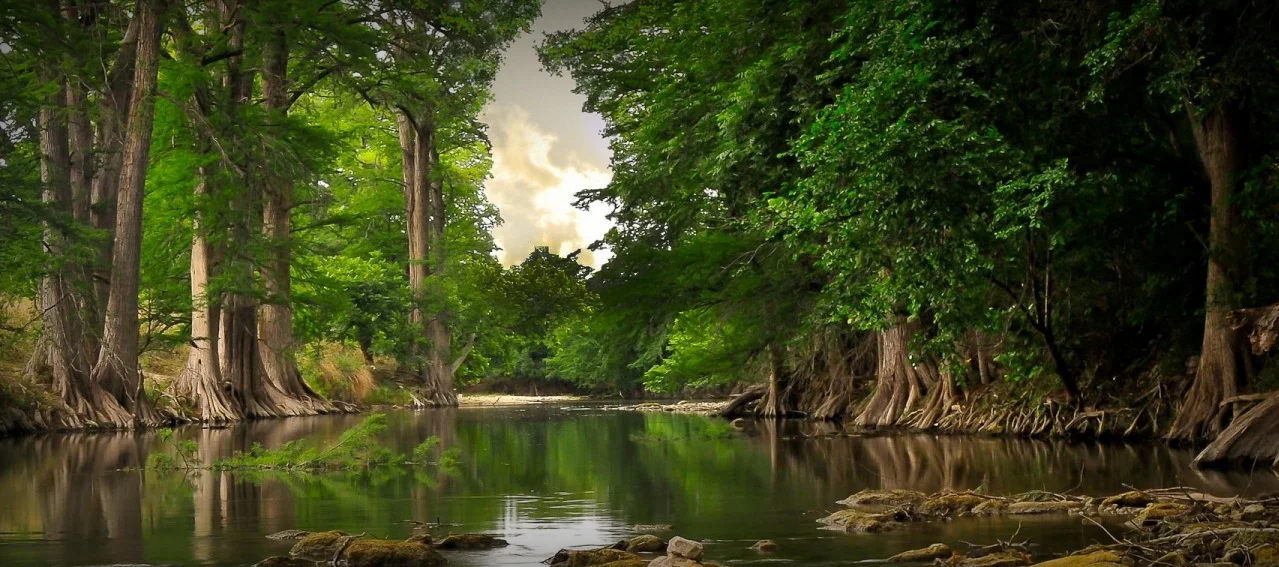How Temperature Fluctuation Threatens Your Trees in Winter
/The winter season poses more of a threat to your trees and shrubs than just cold winds and snow and ice storms. Contrary to popular belief, exceedingly cold winters and extended periods of bitter temperatures are not the primary culprits of tree or shrub damage. The real threat to trees and shrubs in winter is excessive temperature fluctuation. Trees and shrubs require time to acclimate to the winter weather. A sudden freeze, or significant drop in temperature can seriously damage or injure plants and trees. Let's take a look at how temperature fluctuation threatens your trees in winter.
How Temperature Fluctuation Threatens Your Trees in Winter
Fluctuating temperatures, as aforementioned, pose the biggest threat to trees during the winter. Sudden temperature drops, therefore, place high amounts of stress on plants and trees, the effects of which are much worse when followed by mild weather. Sudden periods of cold, followed by extended warm weather can cause plants to de-acclimate prematurely and leave them even more susceptible to harm. In addition, frequent temperature changes causes many of the following tree ailments...
Frost Cracks
Frost cracks are elongated cracks in the trunks of trees that are, again caused by fluctuating temperatures. They generally occur on the side of the tree that faces the sun and is, therefore, exposed to constant temperature changes with the day and night. These sudden changes in temperature causes the outer layer of the trunk to contract at a faster rate than deeper layers, causing a crack to appear on the surface.
Winterburn
Winterburn is evident on evergreens by the presence of scorched, or brown leaf tips. Leaf transpiration, coupled with the warm sun and winter winds, causes leaves and needles to dry out. In addition, water in the root system is unavailable to reach and replenish the leaves, leaving them more susceptible to winterburn.
Sunscald
The presence of elongated cankers on the trunks of thin-barked trees is referred to as sunscald. Like frost cracks, sunscald typically occurs on the side of the tree that faces the sun and is exposed to more frequent changes in temperature. Higher temperatures on one side of the tree causes the bark to redden, becoming rough and eventually cracking. Sunscald is more common in trees with little foliage or those that have stunted growth, such as beech, maple, or willow trees.

